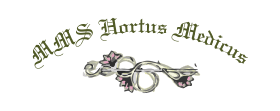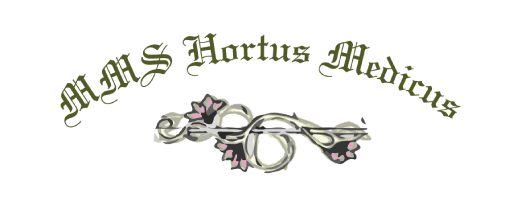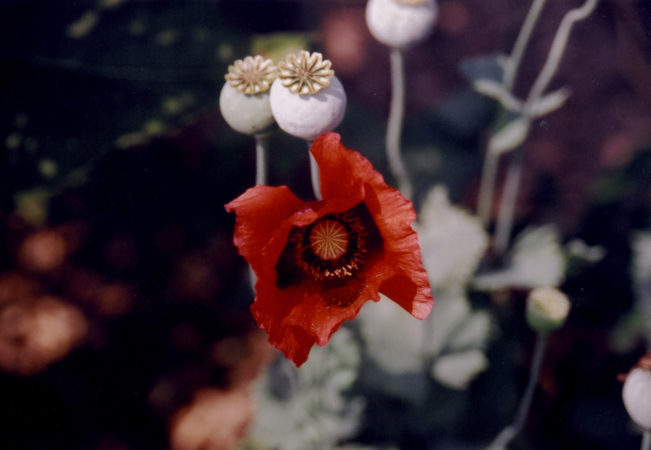Papaver somniferum
It is a plant native to Turkey and Asia Minor with medicinal and recreational properties that have been known for more than 6,000 years. By 3000 BCE, the Sumerians had named it the joy plant because consuming the dried milky sap of unripe pods caused euphoria.
By 300 BCE, opium (sun dried milky sap harvested from unripe pods) was being used by Arabs, Greeks, and Romans as a sedative, a pain reliever and a soporific (a substance to induce sleep). It was also used for recreational and criminal purposes. Opium can be lethal. Agrippina, the fifth wife of the Roman Emperor Claudius (10 BCE–54 CE), mixed opium with wine to poison him and his son after he adopted her son, Nero, whom she wanted to ascend to the throne. She succeeded in murdering Claudius’s son using this wine, but it proved to be not quite enough for her husband: she completed her dastardly deed with a meal of poisonous mushrooms. In Sherlock Holmes’ “Silver Blaze,” the dog guarding the stable did not bark while the crime was being committed because the watchdog had been drugged by Mr. Straker with a meal of curried mutton laced with “opium dust.” The crime was committed while the watchdog was in a drug-induced coma, hence the loud disturbance resulting from the laceration of one of the horse’s foot tendons did not arouse the dog. “The dog that did not bark” has become a metaphor used to describe a situation in which what is fully expected to happen does not happen. Had the dog not been in coma, he would have barked to sound an alarm.
Opium has been the cause of international conflict: the Opium Wars of 1839–1842 and 1856–1860 between the United Kingdom and China.
Morphine was isolated from opium in 1803 by a 20-year-old German pharmacist who named it after Morpheus, the god of dreams. Morphine is the most effective painkiller known to medicine; it has 10 times the pain relieving potency of aspirin. Heroin, a synthetic derivative of morphine, has all the properties of morphine to a much more dangerous degree. Heroin and opium are illegal and forbidden to be used in the practice of medicine worldwide (except in Switzerland). Opium is referred to as “brown sugar” because of its appearance.
Laudanum is opium dissolved in sherry. Laudanum was introduced into medical practice in 1680 by Dr. Thomas Sydenham, an English physician. It was available without prescription; hence, it became widely used for “recreational purposes” by Victorians and others including the English authors Lord Byron, John Keats, Thomas de Quincy, Samuel Taylor Coleridge; and American author Edgar Allen Poe. In his novel The Mystery of Edwin Drood, Charles Dickens speaks of laudanum as the “drink of choice.” Elizabeth Barrett Browning suffered from bone pain due to tuberculosis of the spine. She relieved the pain with laudanum and came to recognize her addiction to opium. She wrote about her addiction in her letters to her husband, Robert, referring to it as “the red poppy.”
Paregoric is a camphorated tincture of opium. It varies among manufacturers, but it is essentially opium dissolved in ethyl alcohol. Opium contains approximately 40 natural organic compounds that collectively are called the “opiates.” Five of the natural occurring opiates used in the practice of medicine are morphine, codeine, thebaine, papaverine, and noscapine. Synthetic derivatives of opiates (synthetic opiates) are created in the laboratory; they are sometimes referred to as opioids. Examples are meperidene Demerol), diacetylmorpine (heroin), Oxycodone (OxyContin), and Hydrocodone (Vicodin). The term opioid can be a source of confusion because it is often applied to drugs that have the narcotic properties of opiates and synthetic opiates but are not derived from either. Oid in Greek is a suffix that means “like” or “resembling”; that is why the term is applied to some drugs that are neither opiates nor synthetic opiates, but resemble them in pharmaceutical properties.
Opium poppy seeds are used as condiments in salad dressing and muffin batter, and sprinkled on bagels. If you eat a large muffin or bagel, you may or may not test positive for morphine or codeine, but you will test positive, falsely, for marijuana.



